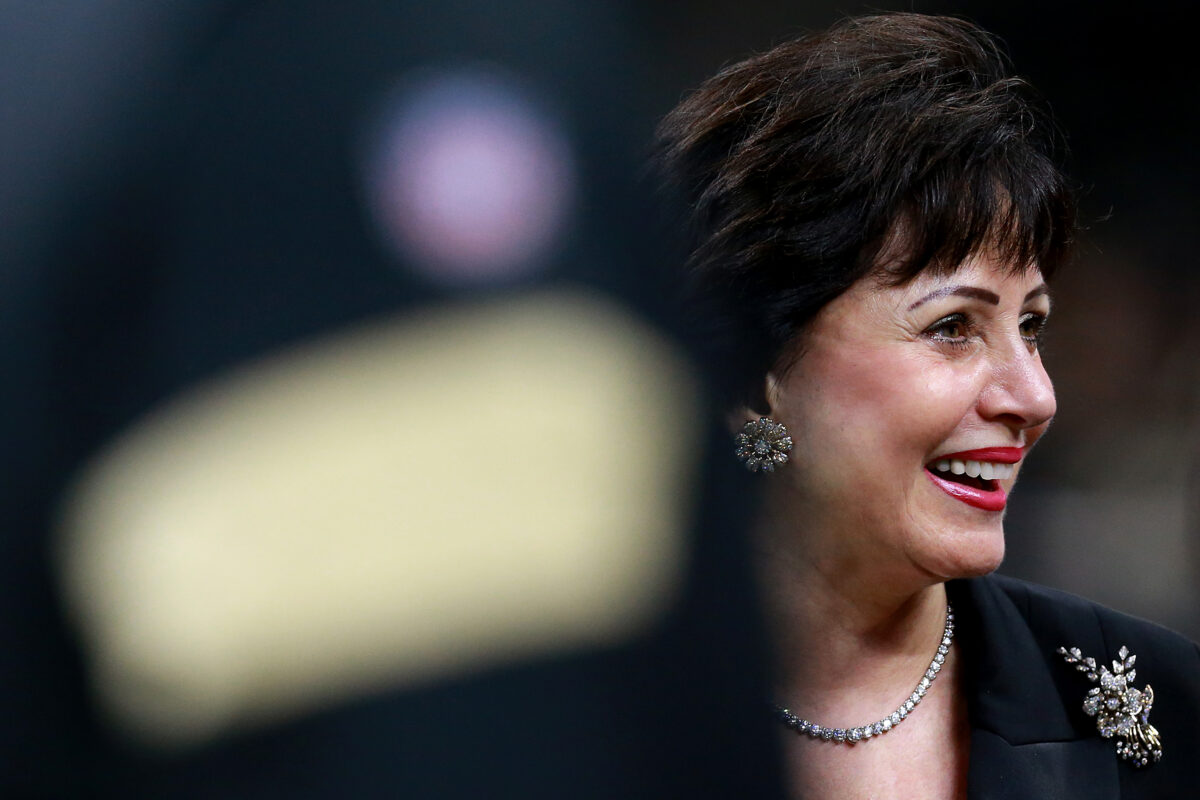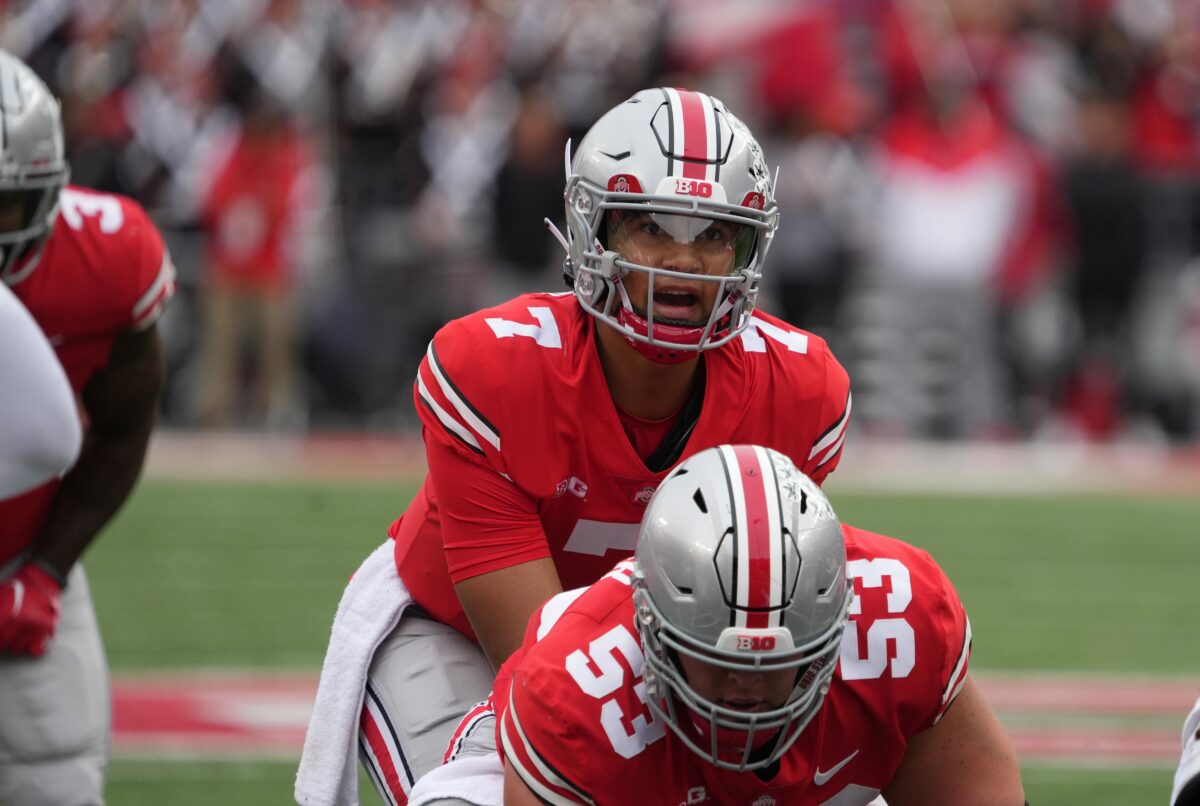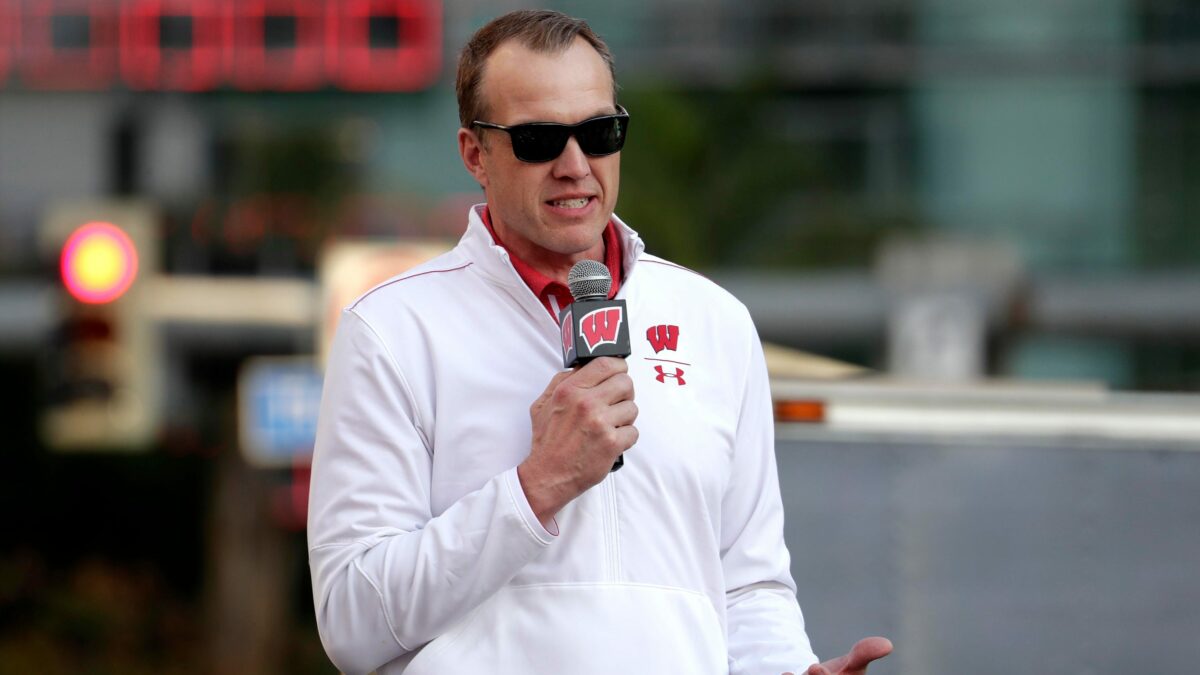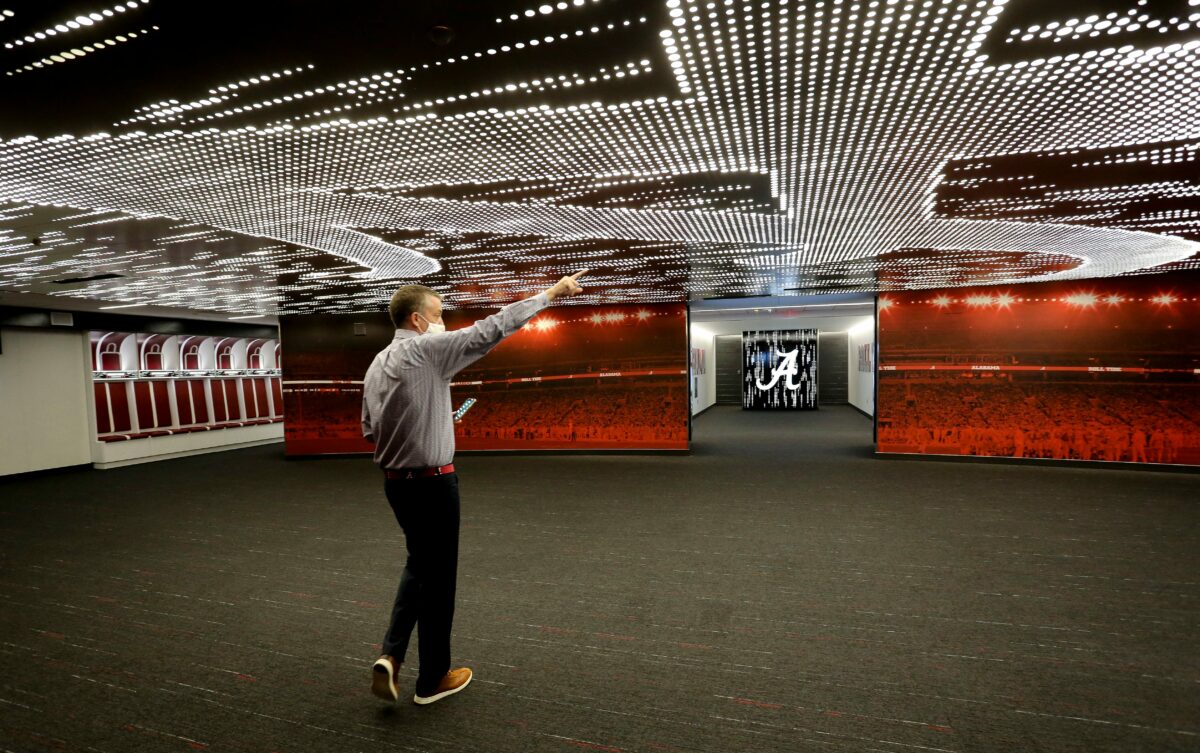Several NFL franchises have sold recently, with the Denver Broncos selling for $4.65 billion and the Washington Commanders selling for a whopping $6 billion. Those exchanges have helped Forbes’ Mike Ozanian and Justin Teitelbaum estimate franchise values for all 32 teams in the league on the eve of the 2023 NFL season, including the New Orleans Saints.
And it’s a big number: Forbes estimates that the Saints are now valued by as much as $4.08 billion. That’s a climb over their $3.575 billion valuation by Forbes this time last year, but it reflects something the league is acutely aware of: business is booming.
Forbes says the average NFL team is worth $5.1 billion, an increase over the $4.43 billion valuation they suggested last year. With new broadcast rights deals padding out the league’s pockets, that number is expected to continue to climb. The Saints certainly helped raise their valuation by inking a long-term naming rights deal with Caesars Entertainment for the Superdome, which is entering the final stage of widespread renovations in advance of Super Bowl LIX in 2025 (preceded by a record-breaking three-day Taylor Swift concert tour in 2024).
What does it mean for the Saints and New Orleans, though? Team owner Gayle Benson, 74, has made it clear she has no plans to sell the team. She also has no heirs. In 2021 multiple local outlets reported her succession plan in the event of her death: any buyer would be contractually obligated to keep the team in Louisiana, with proceeds from a sale to go to local charities in the region. Team president Dennis Lauscha is to serve as the executor of her estate, with senior executives like Mickey Loomis and Greg Bensel also involved, if need be.
Hopefully that isn’t something we’ll need to worry about for a long time. Benson has been quick to invest in the Saints’ team facilities and her willingness to regularly cut large checks for signing bonuses has allowed Loomis and his chief assistant Khai Harley to restructure contracts as often as they have (something other small-market teams haven’t enjoyed).
Still, Forbes’ valuation ranks the Saints all the way down at No. 27 among their peers. At the end of the day they’re not based in one of America’s largest or most affluent metro areas. New Orleans punches above its weight class, and that isn’t something fans should take for granted.
[lawrence-auto-related count=3]









